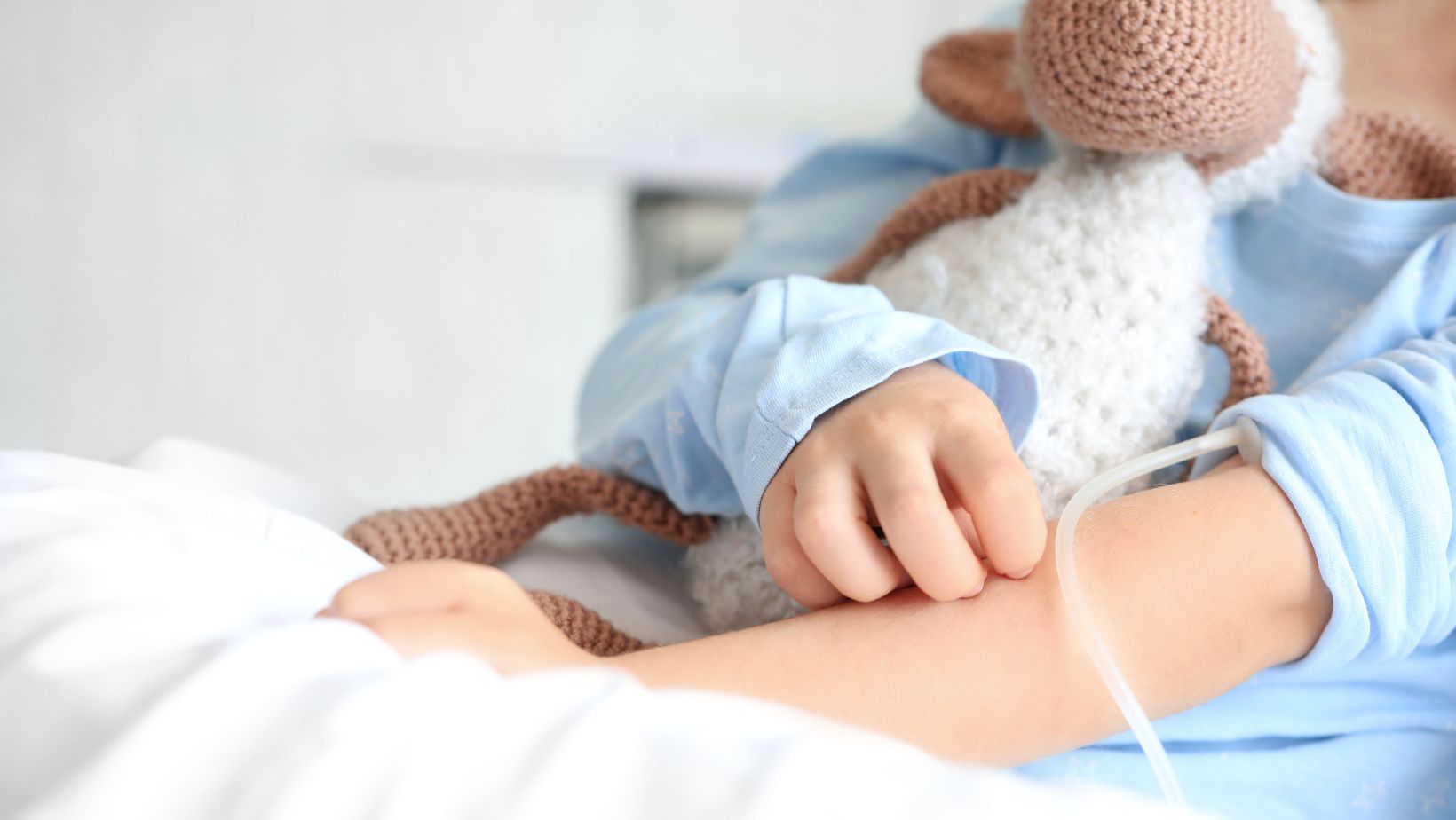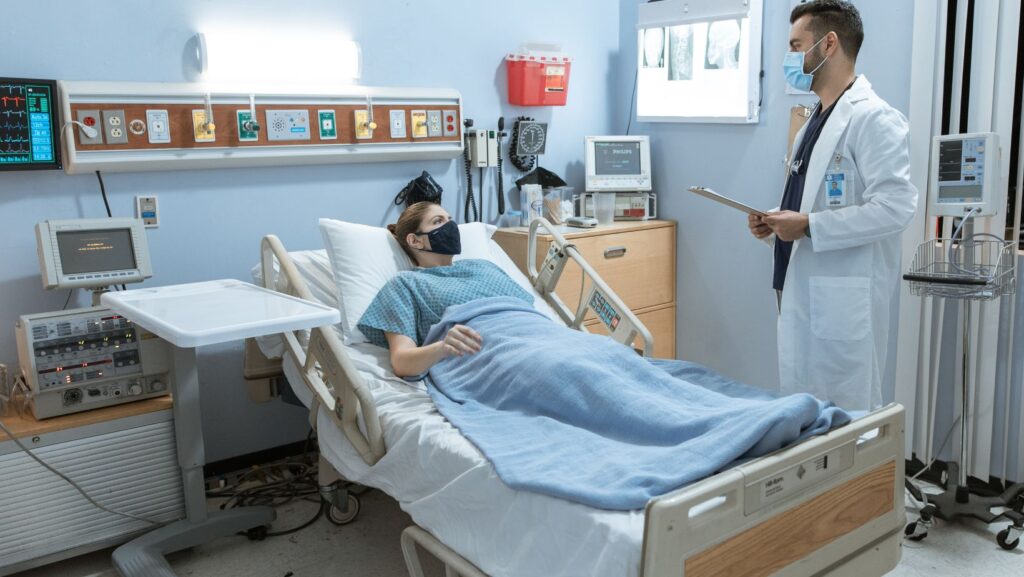Substance use disorders are on the rise, making effective treatment more important than ever. Many people turn to structured programs like Partial Hospitalization Programs (PHPs) and Partial Day Programs (PDPs) to start their recovery journey. Knowing how long these programs typically last helps set realistic expectations and plan for ongoing support. Let’s explore what the Partial Day Program for Drugs and Alcohol involves and its usual duration.
What Are Partial Hospitalization Programs (PHPs) and Partial Day Programs (PDPs)?
Definition and Core Components
Partial hospitalization programs, or PHPs, are mental health issues that let patients receive medical care while living at home. They usually involve many therapy sessions during the day but do not require overnight stays. Partial day programs, or PDPs, are similar but may be more flexible in schedule, often functioning as outpatient services. Both include therapy, medical oversight, and support groups, all aimed at helping individuals manage their addiction effectively.
Target Population and Treatment Goals
These programs are designed for people who need structured support without full inpatient care. They work well for those stepping down from inpatient treatment or anyone needing extra help to stay sober. Goals include stabilizing mental health, reducing substance use, and preventing relapse. By providing a mix of therapy and medical support, these programs help build the skills needed to live drug-free.
Typical Duration of Partial Hospitalization Programs
Standard Length of Most PHPs
Most PHPs last between 3 and 8 weeks. The duration depends on how severe the addiction is and how quickly a person responds to therapy. For some, 4 to 6 weeks might be enough to stabilize and start moving forward. Others with complex needs may stay closer to 8 weeks to get full benefit. It’s not a one-size-fits-all; treatment plans are often tailored individually.
Variations Based on Treatment Needs
Some PHPs are extended beyond 8 weeks if the person faces complicated issues like mental health conditions or long-term substance abuse. On the other hand, folks who make steady progress might finish sooner. For example, a person battling both depression and addiction may need longer care to ensure recovery sticks. Flexibility helps, so programs can adapt as healing progresses.
Typical Duration of Partial Day Programs for Drugs and Alcohol
Common Lengths for PDPs
PDPs usually last from 2 months to 6 months. They give patients a chance to attend therapy during the day while returning home at night.

These programs are often structured as intensive outpatient treatments with scheduled sessions that fit busy lives. Some people may even attend programs part-time for a year, focusing on relapse prevention and life skills.
Factors Influencing Program Length
The length of a PDP depends on a person’s addiction severity and job or family commitments. Someone with mild addiction might only need a few months. But those facing tougher challenges often stay longer, sometimes up to a year. Continuous check-ins allow therapists to adjust treatment plans, ensuring someone gets the right level of support during recovery.
Factors That Affect the Length of PHP and PDP Treatments
Medical and Psychological Factors
If a person has other mental health issues such as anxiety or depression, they may need longer treatment. Physical health, like needing detox or managing chronic illness, also impacts how long someone stays in these programs. Proper assessment helps determine the best timeline for each individual.
Personal and Environmental Factors
Support systems at home, living arrangements, and motivation play a big role. If a person has strong family support, they may progress faster. Conversely, those with unstable environments or limited resources might need extended care.

Insurance coverage can also influence how long someone can stay in a program.
Treatment Progress and Adaptation
Regular evaluations help track improvement. If someone is doing well, they might transition to less intensive care or maintenance programs. If progress stalls, longer stays can provide the extra help needed to keep moving forward. Flexibility is key to personalized recovery.
Expert Insights and Evidence-Based Guidelines
Organizations like SAMHSA recommend that treatment duration should match each person’s needs. Experts agree that flexible treatment plans boost success rates. Longer, intensive programs often lead to better outcomes, especially when combined with ongoing outpatient support after completion. Data shows that tailored treatment, whether short or long, leads to higher recovery success.
Actionable Tips for Patients and Families
Start by discussing clear goals with healthcare providers. Ask how long their program will likely last and what factors influence that timeline. Staying committed to the full program makes a big difference. Look for signs that might indicate a need for longer care, such as continued cravings or mental health struggles. Supporting recovery means encouraging ongoing therapy and celebrating small victories along the way.
Conclusion
Most PHPs last from 3 to 8 weeks, while PDPs typically run 2 to 6 months. These durations vary based on individual needs, progress, and support systems. Remember, recovery isn’t the same for everyone, so plans should be customized. Always seek guidance from professionals to create a treatment plan that fits your situation. And don’t forget, ongoing support after formal programs enhances your chances of staying sober for the long haul.
